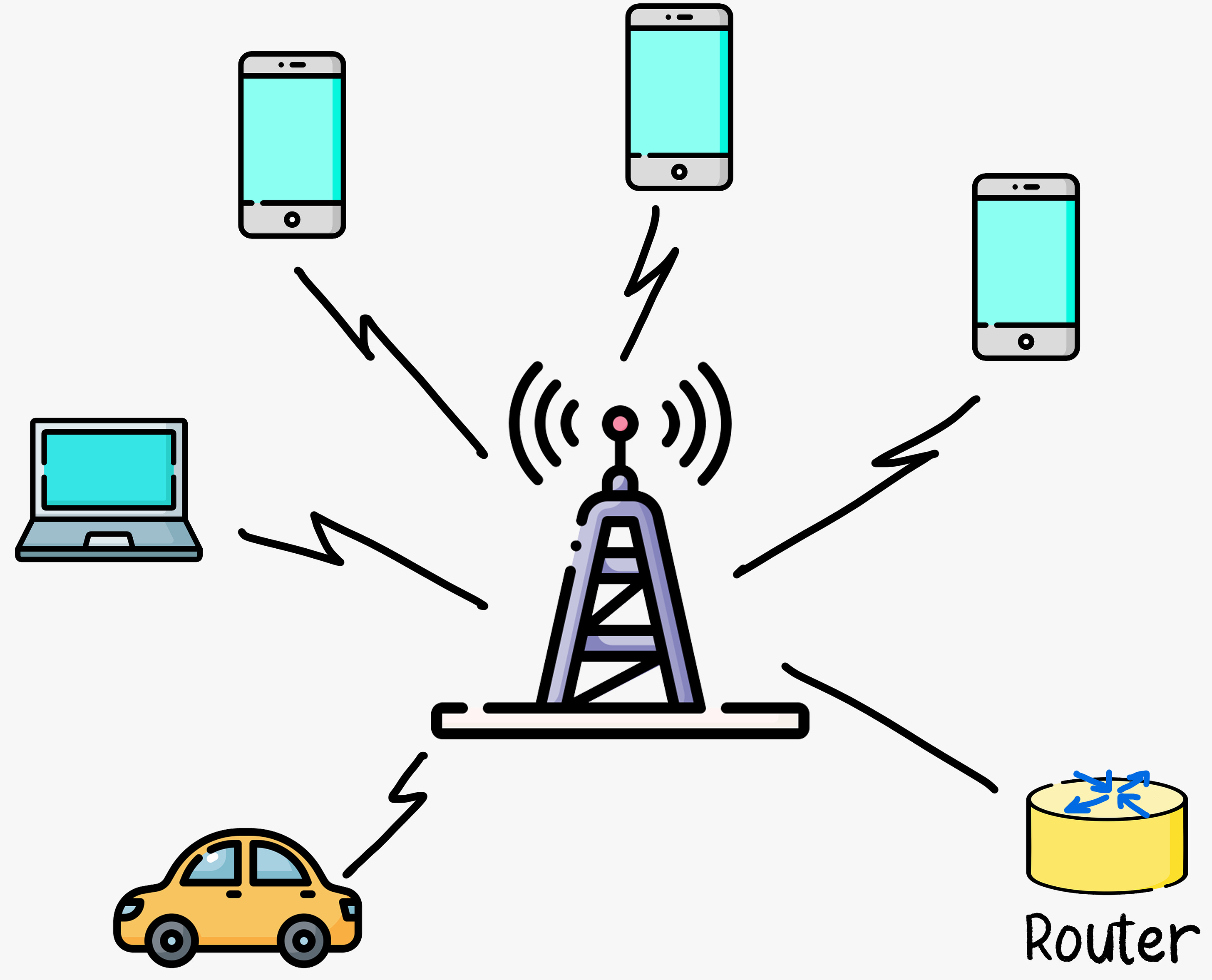- Mailing Lists
- in
- A Crash Course in Networking
Archives
- By thread 5096
-
By date
- June 2021 10
- July 2021 6
- August 2021 20
- September 2021 21
- October 2021 48
- November 2021 40
- December 2021 23
- January 2022 46
- February 2022 80
- March 2022 109
- April 2022 100
- May 2022 97
- June 2022 105
- July 2022 82
- August 2022 95
- September 2022 103
- October 2022 117
- November 2022 115
- December 2022 102
- January 2023 88
- February 2023 90
- March 2023 116
- April 2023 97
- May 2023 159
- June 2023 145
- July 2023 120
- August 2023 90
- September 2023 102
- October 2023 106
- November 2023 100
- December 2023 74
- January 2024 75
- February 2024 75
- March 2024 78
- April 2024 74
- May 2024 108
- June 2024 98
- July 2024 116
- August 2024 134
- September 2024 130
- October 2024 141
- November 2024 171
- December 2024 115
- January 2025 216
- February 2025 140
- March 2025 220
- April 2025 233
- May 2025 239
- June 2025 210
A Crash Course in Networking
A Crash Course in Networking
Latest articlesIf you’re not a subscriber, here’s what you missed this month. To receive all the full articles and support ByteByteGo, consider subscribing: The Internet has become an integral part of our daily lives, shaping how we communicate, access information, and conduct business. At its core, the Internet is a global system of interconnected computer networks that use standardized communication protocols to facilitate data exchange. This enables the transmission of text, images, videos, and more, across all sorts of devices. In this issue, we dive into the essence of the Internet by exploring its key components: the network edges, access networks, network core, network protocols, and the Internet Protocol stack. We discuss how packet switching, forwarding, and routing work. We unravel the complexities of access networks and examine the crucial role protocols play in governing Internet activities. By the end, you will gain a comprehensive understanding of the Internet's architecture and its pivotal role in modern communication. Internet EvolutionThe evolution of the Internet is a fascinating journey spanning several decades, marked by groundbreaking developments and innovations. Here is a timeline of key milestones and transformative moments in the history of the Internet that have shaped the digital landscape we know today. Components of the InternetThe Internet is a complex and interconnected network, consisting of several key components. We are going to explore the most important components of the Internet. The Network EdgeThe computers and other devices connected to the Internet are often referred to as end systems. They are called end systems because they sit at the “edge” of the Internet. The Internet’s end systems include desktop computers, servers, mobile devices, and an increasing number of non-traditional “things” like smart appliances and IoT devices are being attached to the Internet as end systems. End systems are also referred to as hosts because they host application programs such as a web browser, web server, e-mail client, or e-mail server. Hosts are sometimes further divided into two categories: clients and servers. Informally, clients tend to be desktop and mobile PCs, smartphones, and similar personal computing devices, whereas servers tend to be more powerful machines that store and distribute web pages, stream video, relay e-mail, and similar services. Today, most of the servers providing search results, e-mail, web pages, and videos reside in large data centers. Access networksHaving considered the applications and end systems at the “edge of the network,” let’s next consider the access network, which is the network that physically connects an end system to the first router (also known as the “edge router”) on a path from the end system to any other distant end system. Access networks serve as the crucial link between end systems and the broader network infrastructure. Access networks can be broadly categorized into three types. Home Access NetworksHome Access Networks refers to the set of technologies that enable connectivity and communication within a residential environment. This network allows devices within the home to connect to the Internet, share data, and communicate with each other. Institutional Access NetworksInstitutional Access Networks refers to the networking infrastructure and technologies used by organizations, institutions, and businesses to connect to the Internet and facilitate communication within their premises. These networks are designed to handle the specific needs and requirements of large-scale operations. Mobile Access NetworksMobile Access Networks refer to the various technologies that enable mobile devices, such as smartphones and tablets, to connect to the Internet and communicate with each other. These technologies facilitate wireless communication and data transfer for mobile users. Keep reading with a 7-day free trialSubscribe to ByteByteGo Newsletter to keep reading this post and get 7 days of free access to the full post archives. A subscription gets you:
© 2024 ByteByteGo |
by "ByteByteGo" <bytebytego@substack.com> - 11:42 - 18 Jan 2024






